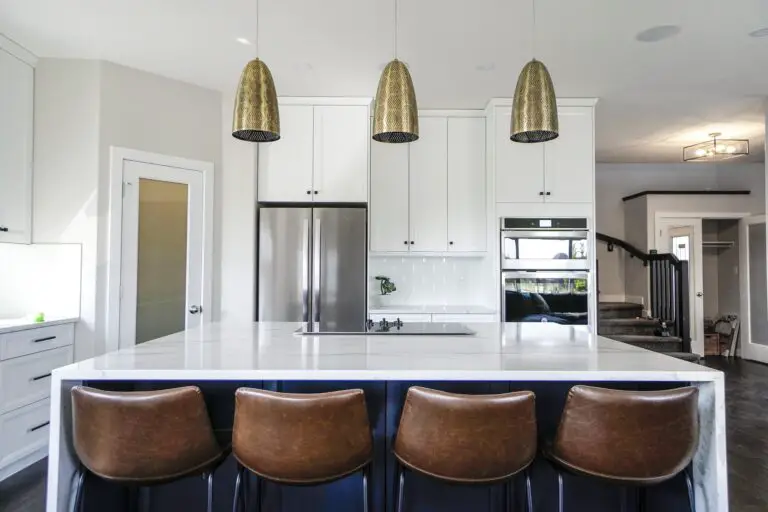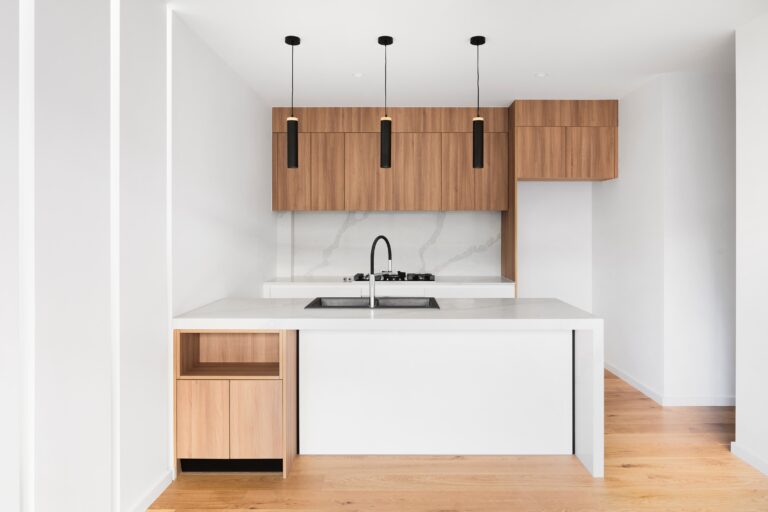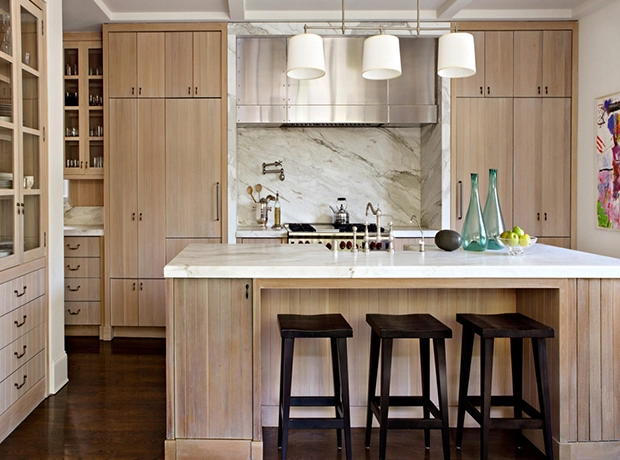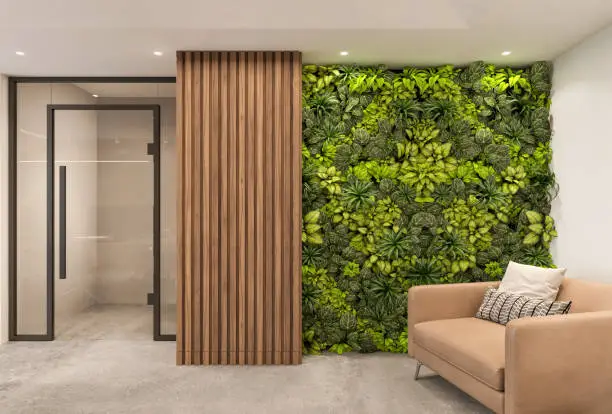Japandi Style: Embracing the Fusion of Japanese and Scandinavian Design
If you’re looking for a fresh, minimalist design aesthetic that exudes both elegance and comfort, look no further than Japandi. This hybrid style combines the best of Japanese and Scandinavian design principles, creating a harmonious and visually appealing space.
In this comprehensive guide, we’ll explore the core elements of Japandi style and provide you with essential tips to incorporate this trend into your home. So, let’s dive into the world of Japandi and discover how to achieve this perfect blend of simplicity and warmth.
What is Japandi?
Japandi is a fusion of Japanese (Wabi-sabi) and Scandinavian (Hygge) design principles that emphasizes simplicity, functionality, and a connection to nature. The term “Japandi” emerged in the 2010s and quickly gained popularity among interior designers and homeowners alike. By combining the clean lines and minimalism of Scandinavian design with the elegant, rustic elements of Japanese style, Japandi creates a warm and inviting atmosphere that is both modern and timeless.
Key Elements of Japandi Style
1. Minimalism
At the heart of Japandi design lies the concept of minimalism. Both Japanese and Scandinavian styles prioritize decluttering and embracing a “less is more” approach. This means that every piece of furniture, décor, and accessory in a Japandi space should be carefully selected to serve a functional purpose while also contributing to the overall aesthetic.
2. Natural Materials
Japandi style heavily incorporates natural materials, such as wood, bamboo, and stone. These elements help to create a sense of connection to nature and provide a sense of warmth and authenticity to a space. Look for furniture made from sustainably sourced wood, such as teak, oak, or ash, and incorporate natural fabrics like linen and cotton into your textiles.
3. Muted Color Palette
The Japandi color palette is characterized by soft, muted tones that evoke a sense of tranquility and calm. Earthy shades like beige, gray, and off-white serve as a neutral foundation, while pops of color can be introduced through accessories, artwork, or plants. Subdued greens, blues, and pinks can add a subtle vibrancy to the space without overwhelming the minimalist aesthetic.
4. Clean Lines and Simple Shapes
One of the key features of Japandi design is its emphasis on clean lines and simple shapes. Furniture should have a streamlined, geometric form, and decorative elements should be kept to a minimum. By opting for uncluttered, open spaces and sleek silhouettes, you can create a sense of balance and harmony in your home.
5. Connection to Nature
Both Japanese and Scandinavian design traditions prioritize the importance of nature and its influence on our well-being. As such, Japandi style often includes large windows, natural light, and indoor plants as essential components. Incorporate greenery into your space to create a peaceful, calming atmosphere and establish a seamless flow between the indoors and outdoors.
How to Incorporate Japandi Style into Your Home
1. Declutter
Begin by decluttering your space, removing any unnecessary items or excessive decoration. Focus on creating a calm, serene environment that allows the essential elements of Japandi design to shine.
2. Choose the Right Furniture
Opt for furniture pieces that are both functional and visually appealing. Look for sleek, minimalist designs made from natural materials like wood, and avoid overly ornate or bulky items.
3. Incorporate Textiles
Introduce warmth and texture into your space through the use of natural textiles. Consider adding linen curtains, wool throws, or cotton cushions in muted colors to enhance the cozy, inviting atmosphere.
4. Embrace the Power of Artwork and Accessories
Select artwork and accessories that reflect the Japandi aesthetic. Choose pieces that showcase simple, organic forms with nature-inspired motifs or line art posters and keep the color palette consistent with the rest of your space. Remember that less is more, so avoid overcrowding your walls or surfaces with too many decorative items.
5. Bring in Greenery
Incorporate indoor plants into your design to reinforce the connection to nature that is central to Japandi style. Choose plants that complement the color scheme and size of your space, such as ferns, snake plants, or fiddle-leaf figs. Ensure they receive adequate light and care to maintain a healthy, vibrant atmosphere.
6. Lighting
Lighting plays a crucial role in creating the cozy, inviting ambiance of Japandi style. Opt for soft, diffused lighting using floor lamps, table lamps, or wall sconces. Avoid harsh, direct lighting and instead focus on creating a warm, welcoming glow throughout your space.
7. Emphasize Quality Over Quantity
Japandi design values quality craftsmanship and durability. Invest in well-made, timeless pieces that will stand the test of time, rather than cheaper, trend-driven items that may quickly fall out of favor. By focusing on quality, you can create a space that is both beautiful and sustainable.
Conclusion
Japandi style offers a unique blend of simplicity, warmth, and elegance that has captured the hearts of interior design enthusiasts worldwide. By incorporating the key elements of this trend into your home, you can create a space that is both functional and visually stunning. Embrace the principles of minimalism, natural materials, and a connection to nature to transform your living environment into a serene, inviting sanctuary that perfectly embodies the spirit of Japandi design.
As the popularity of Japandi interior design continues to grow, more and more homeowners are embracing the fusion of Japanese design and Scandinavian interior design to create spaces that feel both modern and timeless. By combining the best elements of these two design styles, Japandi interiors offer a unique and appealing alternative to more traditional interior styles. The focus on natural elements, organic shapes, and the marriage of Scandinavian design aesthetics with Japanese interiors results in a harmonious and soothing environment that can be tailored to suit any taste.
Incorporating Japandi decor into your home doesn’t have to be a daunting task. By following the essential principles of this design style, such as utilizing a neutral color palette, incorporating earthy tones and organic materials, and adhering to the minimalist Scandinavian concept, you can easily transform your living space into a stunning Japandi style home.
Keep in mind that the key to achieving this look lies in striking the perfect balance between the simplicity of Scandinavian design and the elegance of Japanese interiors. With careful attention to detail and a keen eye for design, you can create a Japandi interior that reflects your personal taste and provides a calming, welcoming retreat from the outside world.






